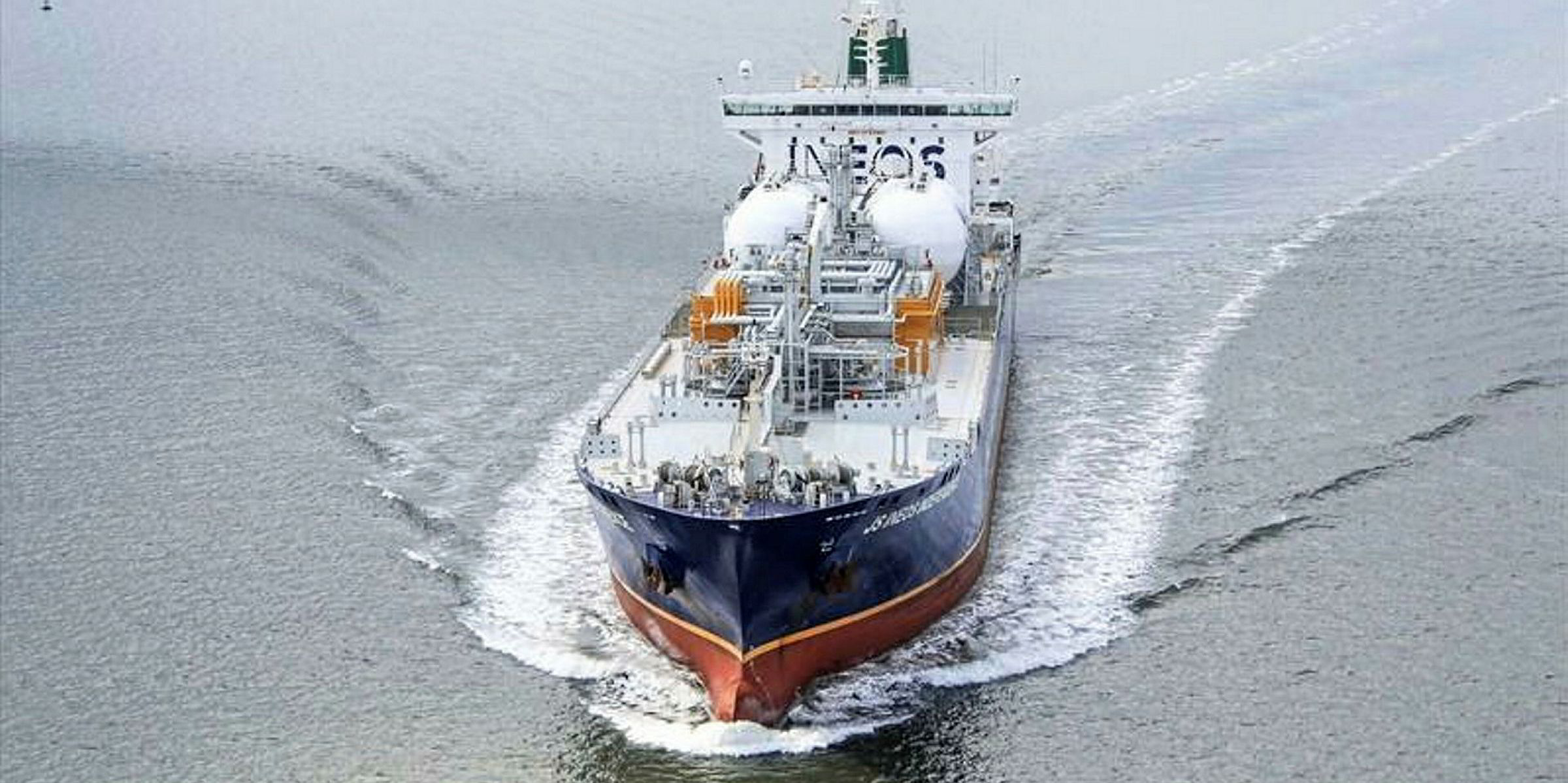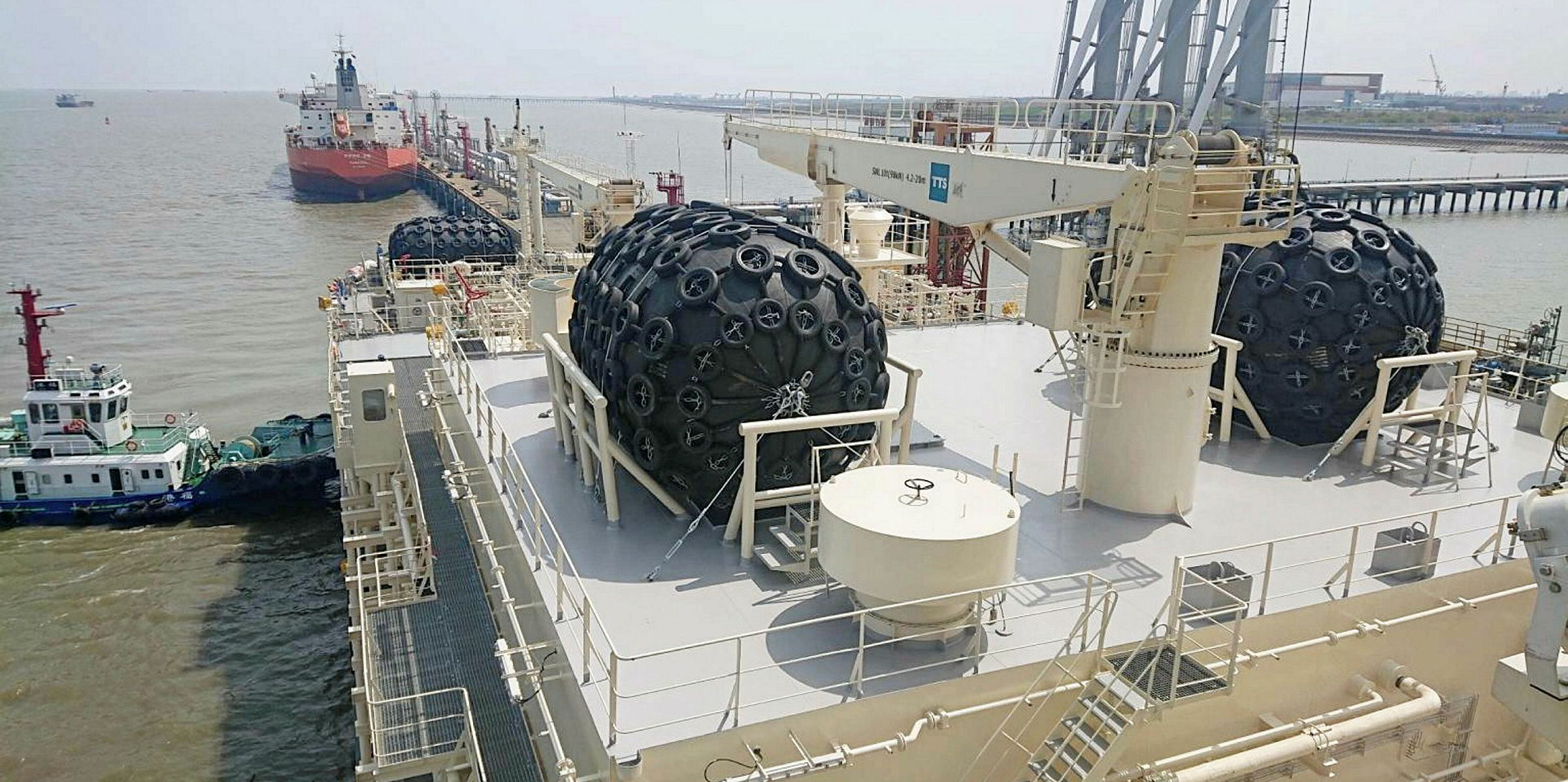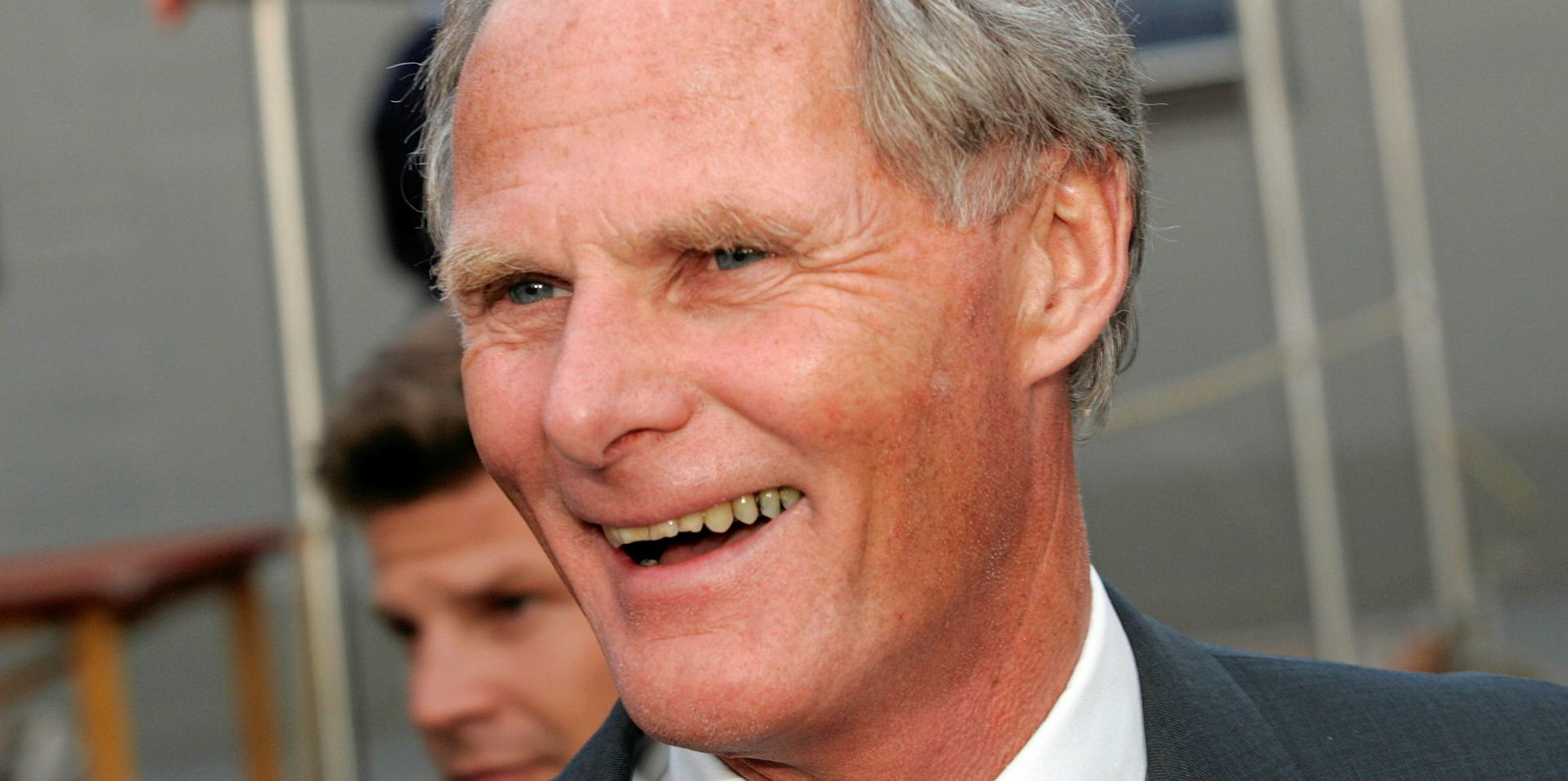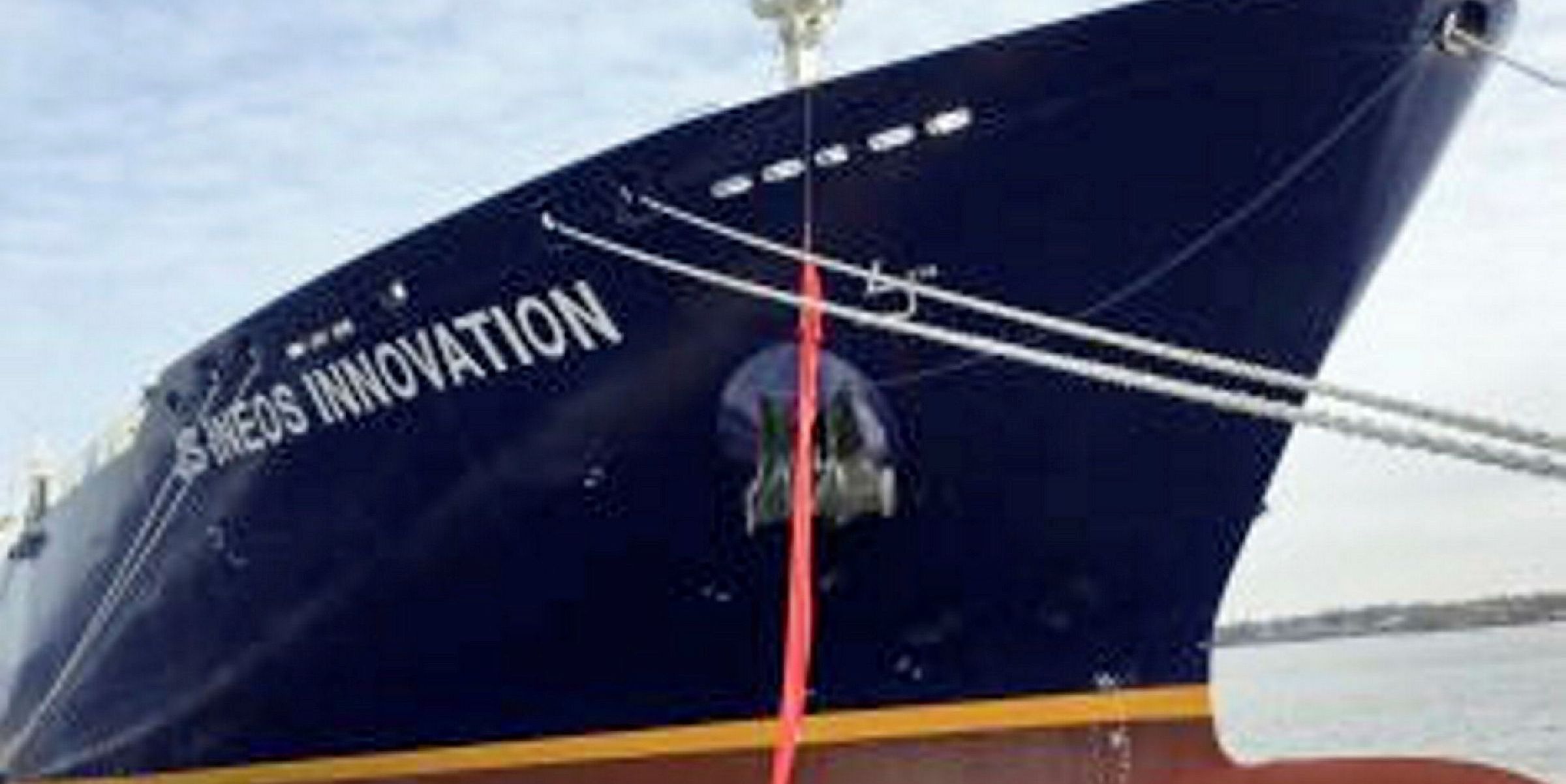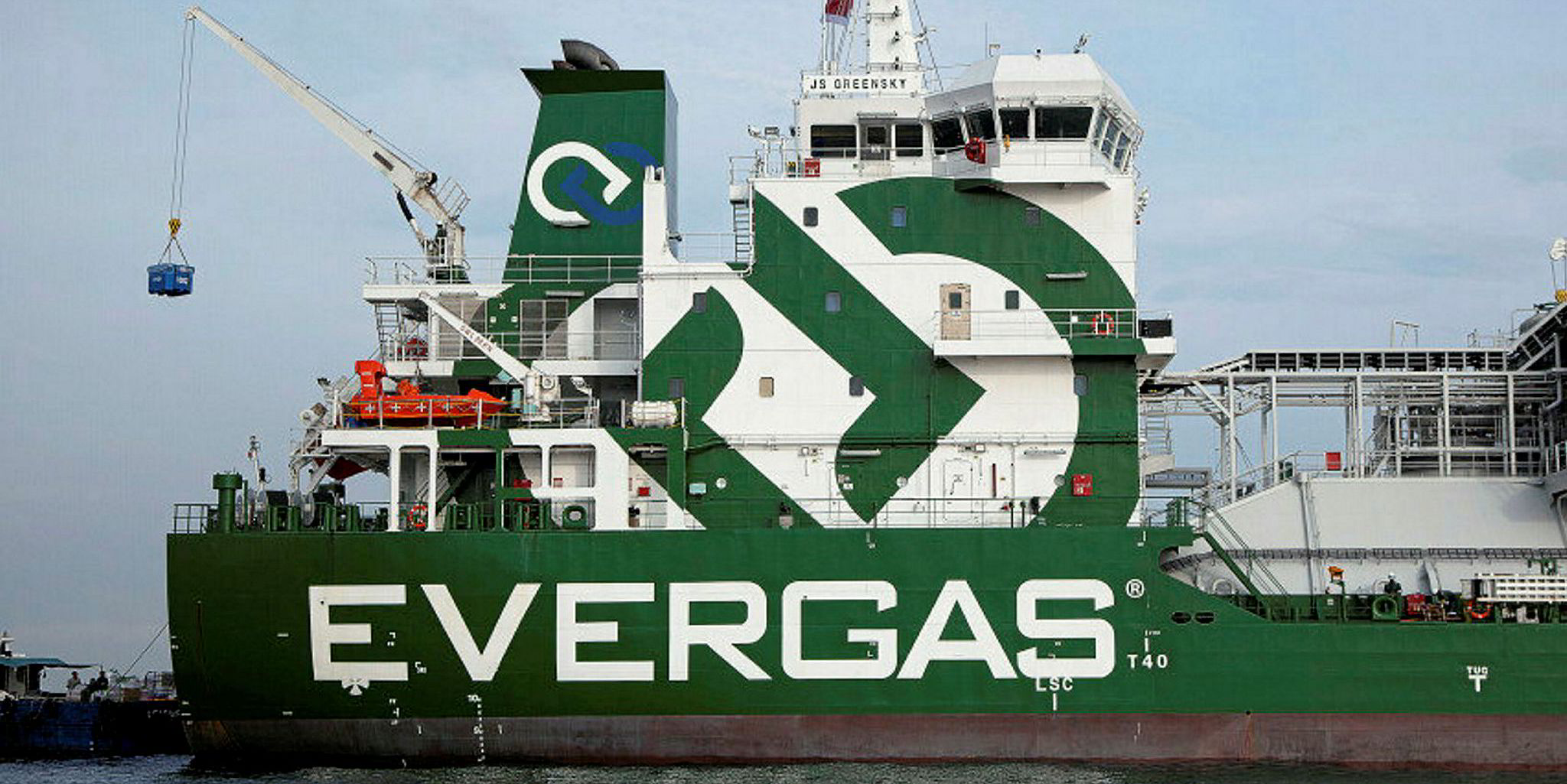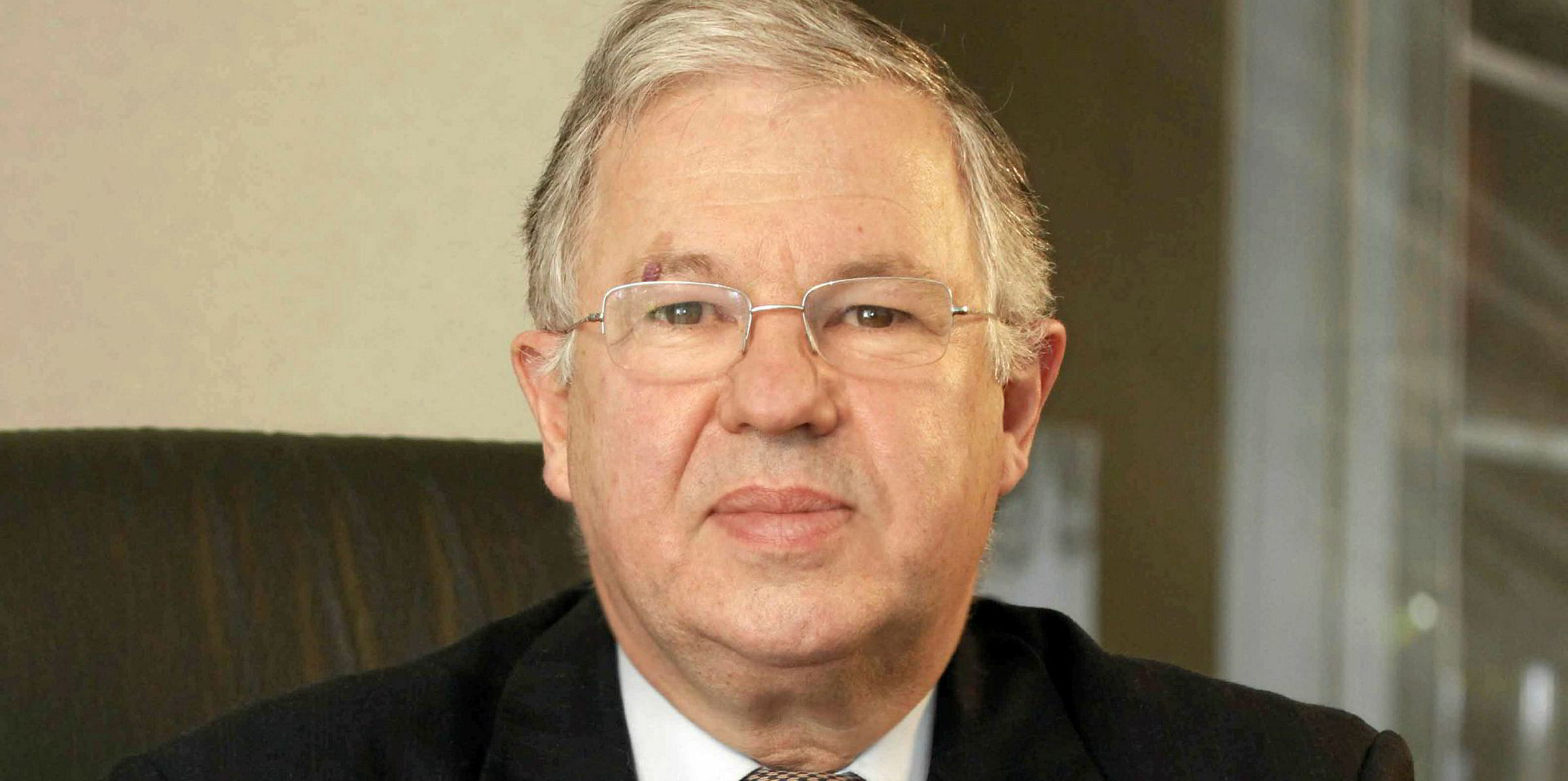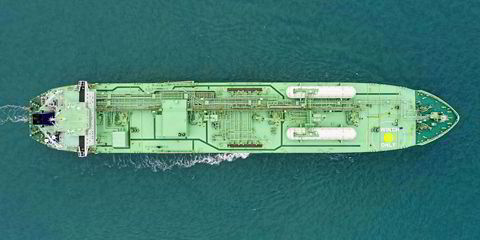Evergas has been making its first moves to break into the small-scale LNG shipping business.
Chief executive Steffen Jacobsen said both ethane and small-scale LNG are a focus.
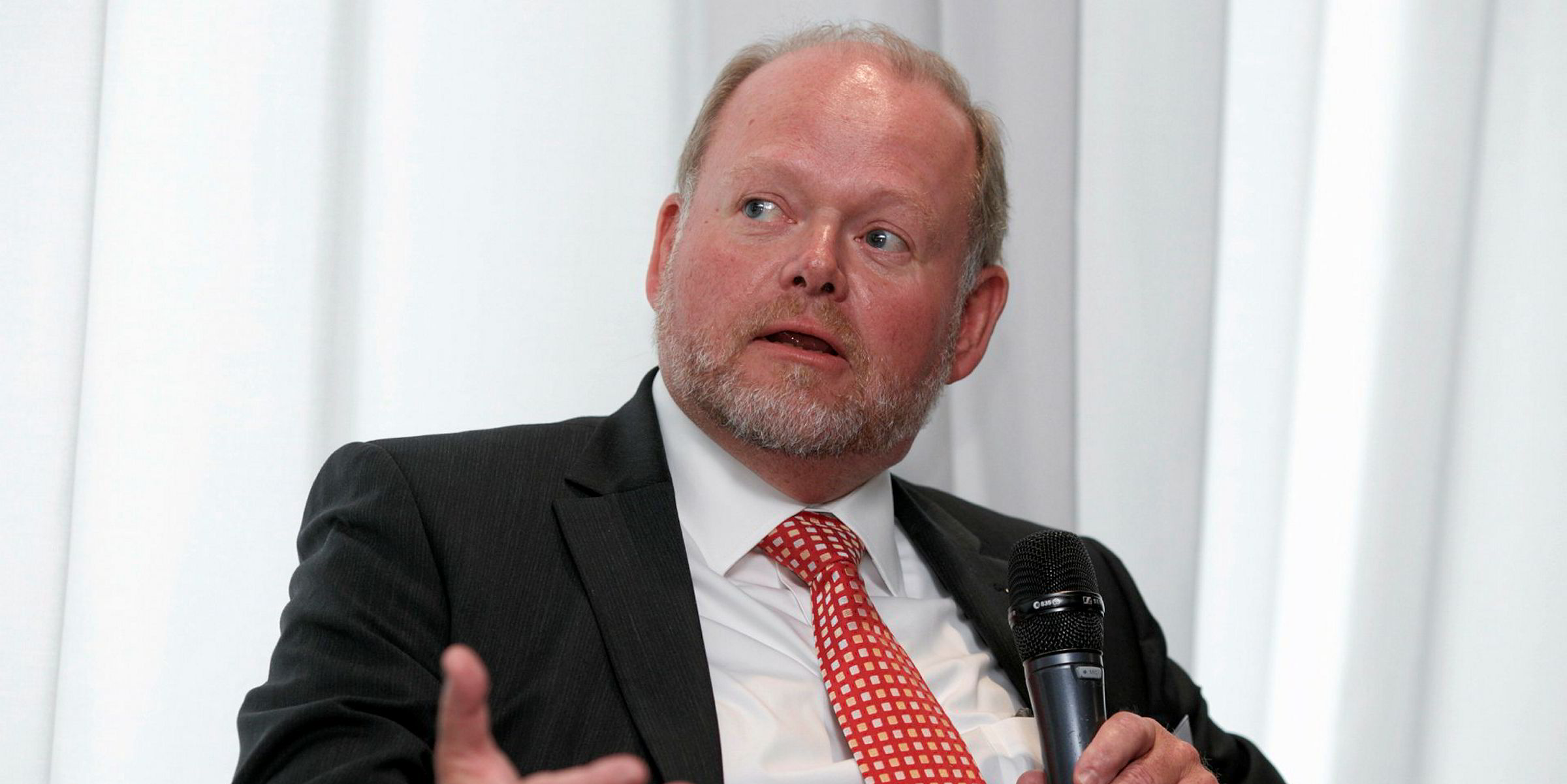
But he revealed to TradeWinds that the company has been competing on some of the new business to build and own LNG bunker vessels.
“We haven’t won anything but we’ve certainly put the effort in,” he said.
Jacobsen, who is also the president of the Society of International Gas Tanker and Terminal Operators (Sigtto), does not see Evergas going into full-size LNG carriers but it will consider tonnage from 5,000 cbm to 100,000 cbm.
He said there has been a fair number of projects to engage with but conceded that the coronavirus pandemic has slowed business.
LNG experience
Jacobsen said Copenhagen-based Evergas, which is owned by Jacques de Chateauvieux's Greenship Gas & Jaccar Holdings, has considerable in-house LNG experience and now has some of its seafarers working with shipments.
Last year, one of its Dragon-class multigas vessels — which have been shipping ethane for long-term chemicals giant charterer Ineos Trading & Shipping — was relet to New Fortress Energy and switched over to carry LNG.
The 27,500-cbm JS Ineos Independence (built 2017) started its charter in September, shipping cargoes into Jamaica.
Evergas’ eight Dragon-class vessels, which are on 15-year charters to Ineos, were specifically built to carry ethane, LPG and LNG. They can also bunker LNG.
Contracted at about $64m each, some industry players questioned whether the cost of additional specifications to allow them to carry different cargoes would pay off.
But those working on the design said the intention behind this was to enable them to shift over to LNG if market demand moved to other products.
Pressurised LPG carriers: Six 5,000-cbm ships
Semi-refrigerated multigas vessels: Eight 27,500-cbm ships
VLECs: Two 85,000-cbm ships (one will be delivered this July)
Aside from its Dragon-class ships, Evergas owns one VLEC — the 83,757-cbm JS Ineos Marlin (built 2019).
Jacobsen said a much-delayed sistership is due to be delivered in July, and both are on charter to Ineos.
The JS Ineos Marlin was the first of five VLECs originally contracted at Dalian Shipbuilding Industry Co and built with innovative trilobe cargo tanks to maximise carrying capacity.
The ships were originally ordered against contracts with China's Oriental Energy in 2014. But this business failed and three of the newbuildings were axed.
“The future of Evergas is all about doing some long-term contracts and investing against that,” Jacobsen said.
Sale 'a good decision'
The company had its fingers burnt on speculative business before. In 2012, Evergas built a series of liquefied ethylene carriers, which were delivered between 2013 and 2014.
Jacobsen described the move as “an enduring and tough experience”, and the ships were sold off last year.
He described the vessels as “bleeding us for dollars every month” and the sale as “triage”.
“In hindsight, it [the sale] was a good decision,” he said. “It has worked well for us. The market for petchems [petrochemicals] gases has been deplorable ever since. It would have been very painful for us had we stayed in that segment.
“For a company that at that time owned and operated 22 ships, to sell eight is of course painful.”
Evergas currently operates 15 vessels, including six pressurised gas carriers, and will grow this to 16 vessels with the delivery of that second VLEC this summer. All the vessels are fixed on time-charter deals.
Of future opportunities, Jacobsen said the preferred charter length depends on the individual business and the way the company assesses the residual and reuse value of the ship.
“If it is [a] purpose-built odd duckling, of course we will need to look for a longer period than if it is a standard piece of equipment that can be redeployed,” he said.
Jacobsen added that he was “quite buoyant” on the prospects for the long-haul ethane trades out of the US before the recent oil-price crash. But he said if prices remain low, then it would likely depress this business as shale production will be cut back and less ethane produced.
However, Jacobsen is undaunted by these price shifts. During his 40-year career in shipping, he has spent time in the offshore sector and said he has experience of how projects can blow hot and cold.
He explained that Evergas sees VLECs as a “growth” area, and it remains a market that the team spends much time and focus on.
Would Evergas build on speculation again?
“I don’t think our stomach is for that for now," he said. “We still have our growth aspirations in the ethane business and small-scale LNG. Let’s see where that takes us.”
